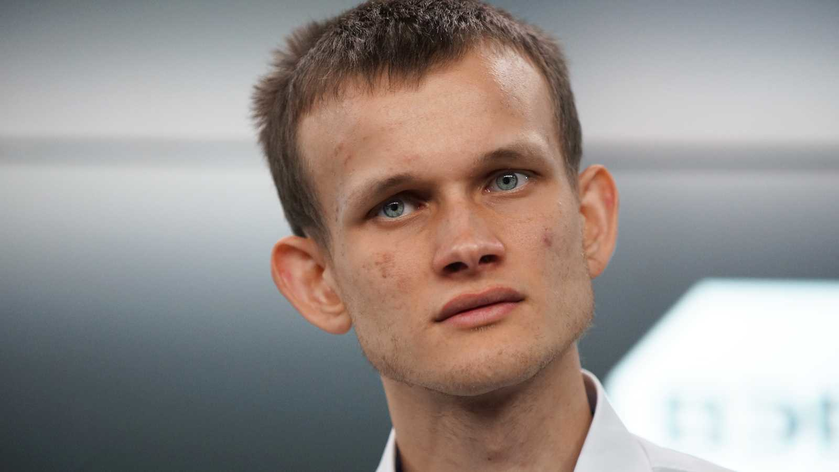Soon after the genesis of Ethereum, plans were laid for the blockchain to move from a proof-of-work to a proof-of-stake network.
The long-awaited Ethereum Merge took place last week, where over 40,000 viewers tuned in to the livestream of the blockchain reaching a Total Terminal Difficulty of 58,750,000,000T — the fixed number of hashes that the Ethereum proof-of-work network had to mine before switching to proof-of-stake.
The Merge is just the first of many steps for Ethereum.
At Messari’s Mainnet conference in New York, Ethereum founder Vitalik Buterin told Zooko Wilcox-O’Hearn, founder and CEO of the Electric Coin Company, and Messari CEO Ryan Selkis 💥it is still too early to tell if anything went wrong with the Merge.💥
“The transition actually went a lot more smoothly than pretty much everyone expected,” Buterin said. “But there are other metrics that will take years, or even more than a decade, before we know exactly how the details play out.”
Even still, Buterin said the technological transition is something that has been widely celebrated within the Ethereum community.
“It really does feel like the sky that has been cloudy for almost a decade is finally cleared,” he said.
So what’s next?
The next main area of focus now for Ethereum developers is solving scalability issues, its founder said.
💥“Sharding is the next step that isn’t quite here yet,” Buterin said.💥
By definition, sharding is a form of horizontal scaling that brings in additional nodes to handle more intense workloads. This next step, dubbed “the Surge,” is slated as an intended series of single events that will eventually allow the Ethereum network to process thousands or tens of thousands of transactions per second, up from 30 transactions per second in its current state.
The Ethereum layer-1 network will need sharding, as layer-2s can only process a certain number of transactions for every kilobyte of data on the Ethereum chain, Buterin said. Hence, upgrades to the layer-1 network that improve the amount of data that can be stored will also increase the scalability of layer-2s.
“There are a lot of smart people that are working on approaching the problem…at multiple layers of a stack from different angles,” Buterin said.
Is there a future for PoW blockchains?
The proof-of-stake network has significant environmental benefits compared to the proof-of-work alternative, and Buterin said all crypto networks “should” eventually move to a proof-of-stake technology.
“As proof of stake matures, I expect it to just increase in legitimacy more and more overtime,” he said. “I hope that Zcash moves over and I am also very hopeful that Dogecoin is going to want to move over the proof-of-stake at some point as well, especially now that there is a clear roadmap for how something like that can be done.”




























